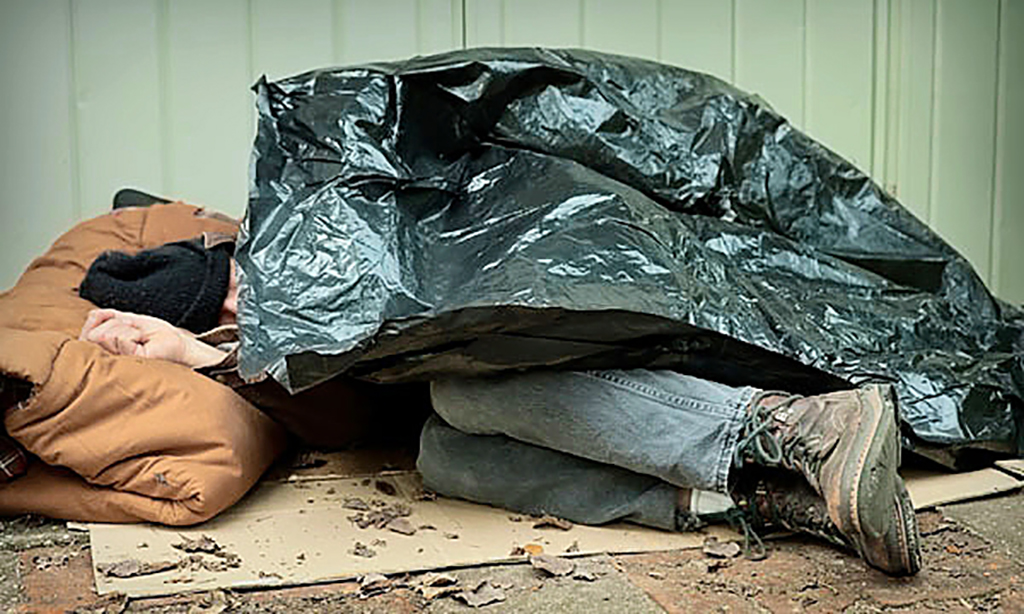Artisan markets and city dumps
Dublin People 16 Aug 2014THE artisan market at La Digue, located ten kilometres from the centre of the capital, Antananarivo, is the largest tourist craft market in Madagascar.
Its shops are crammed to the rafters full of exotic and dazzling artefacts. The timber-framed shops, stretching beyond the bend of the adjacent Ikopa River, offer a myriad of delights as their contents, spilling out on to the pavement, both confuse and excite the would-be shopper.
Dusty wooden shelves displaying the genius of the Malagasy wood-workers creak and droop from the weight of their load, while the hand-carved wooden ornaments sit lazily in their shaded space, waiting patiently to be sold.
Beside them rests Zebu horn handcrafts, their smooth, exquisite beauty not reflected in their low asking-price as keen-eyed tourists recognise a genuine bargain in a gift that will be much appreciated.
Raffia bags and baskets of all shapes and sizes look longingly out of their shops, enticing potential customers inside, the kaleidoscope of colour proving hard to resist.
Like an unsuspecting fly on a lazy summer’s day that is drawn into a delicate trap, the happy tourist enters and is succumbed by the versatility and beauty of the handmade products inside the cosy web.
Contrasting starkly to this colourful bazaar, the municipal dump that lies beyond the markets tells a different tale.
The sight and smell of smouldering, burning rubbish and the rising dust emanating from moving vehicles identifies the dump at La Digue, which offers its people their only means of survival, through recycling.
Men, women and children search among the city’s waste for anything saleable or even edible. Living on or from a dump is part of the daily struggle for many in a country that, according to the World Bank, is one of the poorest in the world.
As we sat and watched, a bright-yellow dumper truck approached, its green skip swinging in the breeze catching our eye. Perched high on what was builders’ rubble, two young boys were digging without distraction.
From a distance it appeared that they were making sandcastles from the stones and sand of some building site. However, as the truck passed by, this surreal image became clearer, and we saw these two young recyclers were not at play but were hard at work digging relentlessly though the contents in search of anything saleable, waste cardboard packaging creating a false illusion.
There were no sunny smiles here and no time for child’s play in the world of the recycler as the eerie silence of their dangerous workplace and the serious expression on their faces belied the illusion of sun, sand and children having fun.
The sense of dangerous fun was witnessed amid workers who dangle like fruit from a vine off the back of moving trucks. We got big smiles and waves from the recyclers as their mobile places of work passed us by; however this sense of camaraderie did not extend to all.
Plumes of smoke and smouldering rubbish drew our attention to the heavy yellow earth-mover as it edged slowly through the soft wet waste. On its back sat a lonely barefooted young boy, his task to poke through the rubbish after it had been disturbed.
The easily identifiable plastic sack, one of the tools of the recyclers’ trade, was tied securely to the back of the giant machine, waiting for its fill of anything that will secure an income for the solitary boy who we again spotted several hours later, still toiling in a land of little opportunities.
n Bernard and Marie Neary arrived back in Ireland in late June after three months volunteering in Madagascar. Their trip was entirely self-funded. Photographer Paul Kelly spent one week in Madagascar, capturing in film the daily life of the recyclers. Paul’s trip was funded by the Robert and Kezia Stanley Chapman Trust and his photographic exhibition
‘The Gleaners of La Dique’ is on display at St Michan’s (Church of Ireland), Church Street, Dublin 7 during August and September.











